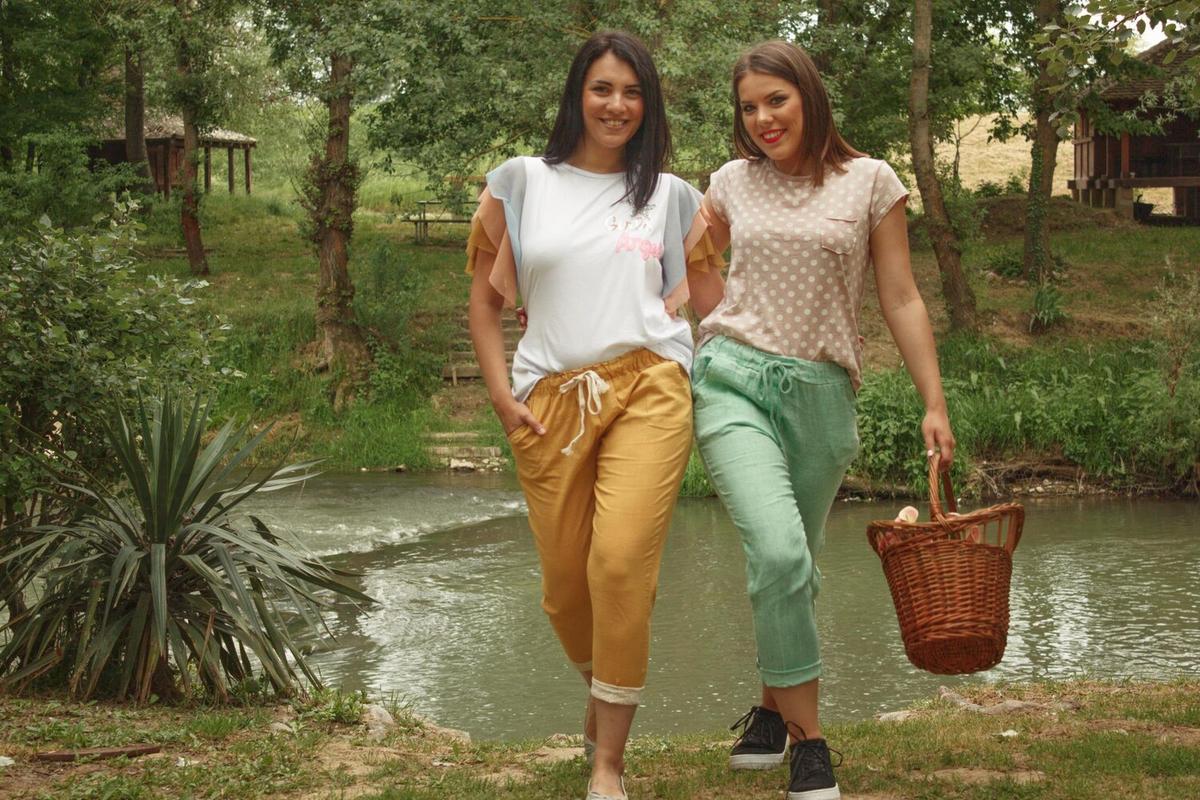
Sustainable Fashion: What You Need to Know
Sustainable fashion has transformed from a niche concern to a mainstream movement, urging consumers to reconsider their buying habits and the environmental impact of their wardrobe choices.
As awareness of climate change and environmental issues grows, so does the interest in sustainable fashion. This movement is not just about the clothes we wear, but how they are made, who makes them, and the resources used in their production.
Understanding Sustainable Fashion
Sustainable fashion focuses on creating a system that can be supported indefinitely in terms of environmental and social responsibility. According to the Greenpeace, the fashion industry is responsible for 10% of the global carbon footprint, highlighting the need for more eco-friendly practices.
Expert Insights
Lucy Siegle, a renowned environmental journalist, emphasizes, “Fast fashion isn’t free. Someone somewhere is paying.” This quote underscores the human and environmental costs often hidden behind trendy, cheap clothing.
Statistics That Matter
- 85% of textiles end up in landfills each year (source: World Bank).
- The fashion industry consumes more energy than the aviation and shipping industries combined.
Personal Journeys
Consider a story from Emma, who decided to overhaul her wardrobe. She discovered that by choosing quality over quantity, not only did she reduce waste, but she also found greater satisfaction in her clothing choices.
How to Embrace Sustainable Fashion
- Choose Natural Fabrics: Opt for materials like organic cotton, linen, and hemp.
- Support Ethical Brands: Look for brands that prioritize fair wages and safe working conditions.
- Buy Second-Hand: Thrift stores and online marketplaces offer unique finds that reduce demand for new production.
- Invest in Quality: Spend more on items that will last longer, reducing the need for frequent replacements.
Comparing Fabrics
| Fabric | Sustainability | Durability | Cost |
|---|---|---|---|
| Organic Cotton | High | Moderate | Moderate |
| Polyester | Low | High | Low |
| Linen | High | High | Moderate |
| Hemp | High | High | High |
| Bamboo | Moderate | Moderate | Moderate |
| Rayon | Low | Low | Low |
| Wool | Moderate | High | High |
| Silk | Moderate | High | High |
Pro Tip:
When shopping, check labels for certifications like Fair Trade or Global Organic Textile Standard (GOTS) to ensure products meet sustainability standards.
FAQs
What is the definition of sustainable fashion?
Sustainable fashion refers to clothing that is designed, manufactured, distributed, and used in ways that are environmentally friendly and socially responsible.
How can I start transitioning to a sustainable wardrobe?
Begin by evaluating your current clothing, prioritizing quality over quantity, and researching brands that align with sustainable practices.
Conclusion
Sustainable fashion is not just a trend, but an essential shift towards a more responsible consumer culture. By making informed choices, supporting ethical brands, and considering the lifecycle of our clothing, we can all contribute to a healthier planet. Embrace this change, and let your wardrobe reflect your values.